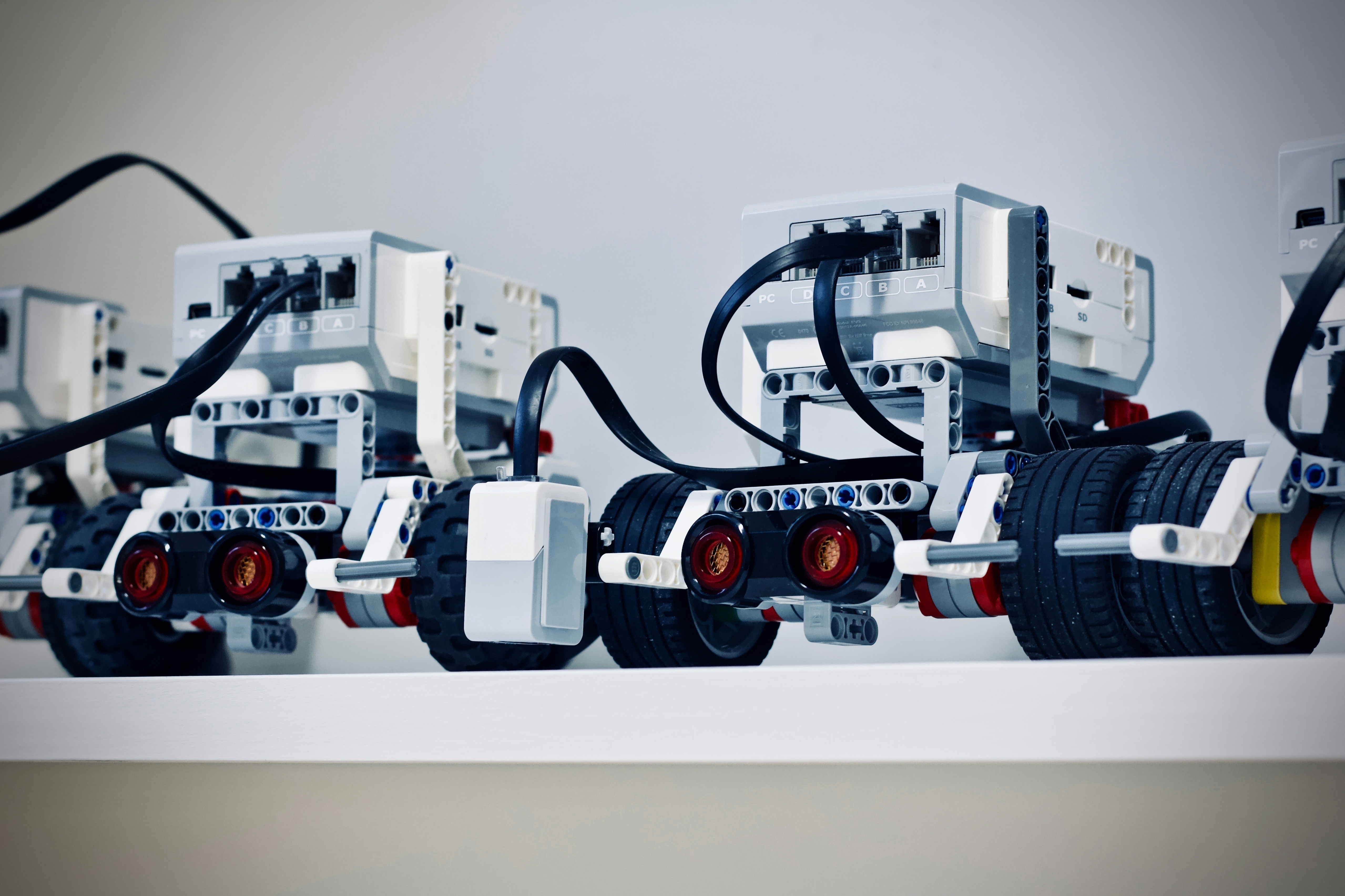Related Jobs
View all jobsSenior Structural Engineer
Senior Structural Engineer
Graduate/ Junior Applications Engineer
Graduate Applications Engineer
Graduate / Junior Data & AI Analyst
Subscribe to Future Tech Insights for the latest jobs & insights, direct to your inbox.
Industry Insights
Discover insightful articles, industry insights, expert tips, and curated resources.

The Future of Robotics Jobs: Careers That Don’t Exist Yet
Robotics has shifted from science fiction to reality. Machines that once only appeared in novels or films are now operating on factory floors, delivering parcels, assisting surgeons, and even exploring Mars. Robotics is no longer a niche discipline—it is a cornerstone of the fourth industrial revolution. Globally, the robotics market is forecast to grow into the hundreds of billions within the next decade. In the UK, the sector is increasingly important to economic growth, productivity, and national strategy. From the Bristol Robotics Laboratory to the Edinburgh Centre for Robotics, the country is home to pioneering research. Start-ups in London and Cambridge are working on drones, service robots, and medical robotics, while multinational companies base their advanced engineering centres in the UK. Government investment is supporting the development of autonomous systems, with robotics identified as a priority in the UK’s Industrial Strategy. With applications in aerospace, agriculture, defence, logistics, healthcare, and space, robotics has the potential to transform how people live and work. And yet, we are still only in the early stages. As robotics converges with artificial intelligence (AI), machine learning, edge computing, advanced materials, and biotechnology, entirely new careers will appear. Many of the most impactful robotics jobs of the future don’t exist yet. This article explores why robotics will create new jobs, the roles most likely to appear, how current positions will evolve, why the UK is well positioned, and what professionals can do to prepare now.

Seasonal Hiring Peaks for Robotics Jobs: The Best Months to Apply & Why
The UK's robotics sector has established itself as one of Europe's most innovative and rapidly expanding technology markets, with roles spanning from junior automation engineers to principal robotics scientists and heads of robotics development. With robotics positions commanding salaries from £32,000 for graduate robotics engineers to £100,000+ for senior principal engineers, understanding when organisations actively recruit can dramatically accelerate your career progression in this transformative and continuously evolving field. Unlike traditional engineering roles, robotics hiring follows distinct patterns influenced by manufacturing cycles, government automation incentives, and robotics deployment timelines. The sector's unique combination of mechanical engineering, software development, and artificial intelligence creates predictable hiring windows that strategic professionals can leverage to advance their careers in building tomorrow's automated systems. This comprehensive guide explores the optimal timing for robotics job applications in the UK, examining how national automation strategies, manufacturing cycles, and robotics technology initiatives influence recruitment patterns, and why strategic timing can determine whether you join a pioneering robotics development team or miss the opportunity to develop the next generation of autonomous systems and intelligent automation.

Pre-Employment Checks for Robotics Jobs: DBS, References & Right-to-Work and more Explained
The robotics industry represents one of the most dynamic and transformative sectors in modern technology, with robotics professionals playing crucial roles in advancing automation capabilities, developing intelligent systems, and reshaping manufacturing, healthcare, service industries, and defence applications. As robotics evolves from industrial automation to autonomous systems and human-robot collaboration, pre-employment screening processes have become increasingly sophisticated and multifaceted. Robotics careers span diverse environments from manufacturing facilities and aerospace companies to healthcare robotics providers, autonomous vehicle developers, and emerging service robotics startups. Each sector brings unique screening requirements reflecting the safety-critical nature of robotic systems, the interdisciplinary complexity of robotics development, and the critical importance of maintaining both operational safety and system reliability standards. Understanding robotics pre-employment screening helps professionals navigate career opportunities effectively whilst enabling employers to identify candidates capable of contributing to robotics innovation whilst maintaining appropriate safety standards, regulatory compliance, and technical excellence. The screening processes examine not only technical robotics competencies but also safety awareness, system integration capabilities, and ability to work effectively across the multidisciplinary robotics ecosystem. This comprehensive guide examines the full spectrum of pre-employment screening practices across robotics careers, from basic right-to-work verification through enhanced safety clearance processes, technical competency assessment, and industry-specific requirements. Whether pursuing opportunities in industrial automation, autonomous systems development, medical robotics, or robotics research leadership, understanding these screening processes enables robotics professionals to prepare effectively and advance their careers successfully. The robotics sector's unique combination of mechanical engineering, software development, artificial intelligence, and human-machine interaction creates screening requirements that reflect both the technical demands of robotics innovation and the safety considerations of human-robot collaboration. These processes ultimately support the continued advancement of robotics by ensuring high professional standards and technical competence necessary for safe robotics deployment and responsible robotics technology development.